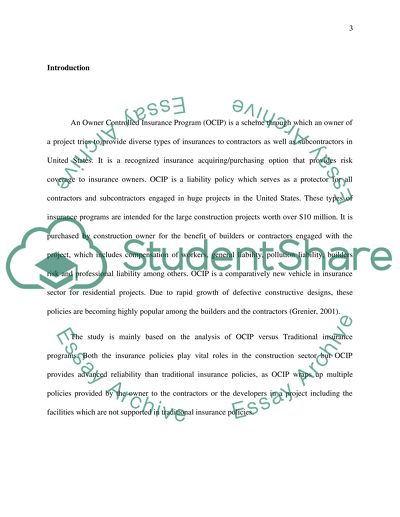Cite this document
(“Owner Controlled Insurance Programs versus Traditional Insurance Term Paper”, n.d.)
Retrieved de https://studentshare.org/finance-accounting/1392257-owner-controlled-insurance-programs-versus
Retrieved de https://studentshare.org/finance-accounting/1392257-owner-controlled-insurance-programs-versus
(Owner Controlled Insurance Programs Versus Traditional Insurance Term Paper)
https://studentshare.org/finance-accounting/1392257-owner-controlled-insurance-programs-versus.
https://studentshare.org/finance-accounting/1392257-owner-controlled-insurance-programs-versus.
“Owner Controlled Insurance Programs Versus Traditional Insurance Term Paper”, n.d. https://studentshare.org/finance-accounting/1392257-owner-controlled-insurance-programs-versus.


